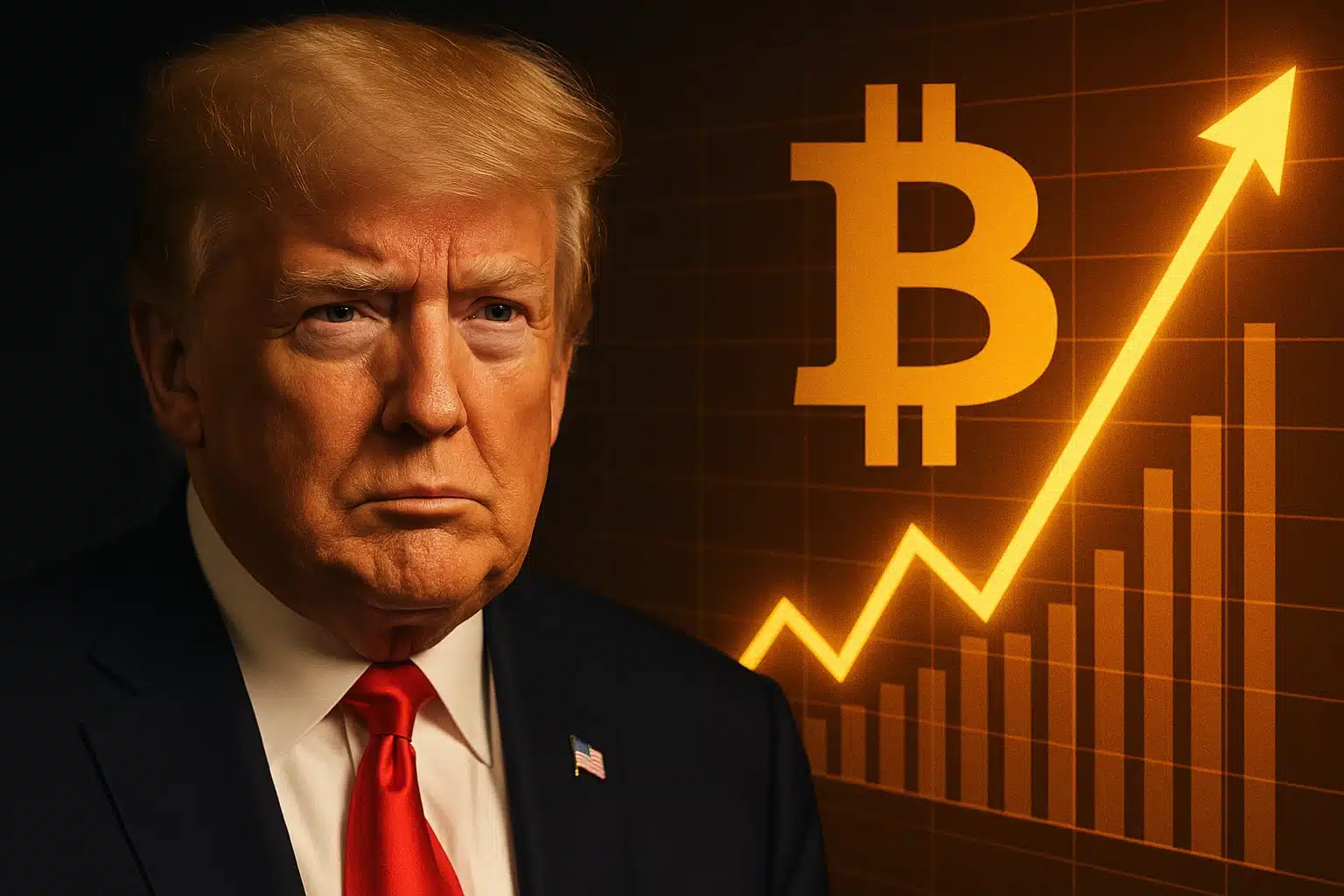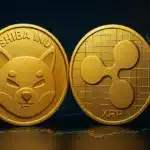Gone are the days when Bitcoin and altcoins moved primarily in four-year cycles dictated by on-chain activity and whale behavior. As the crypto market matures, macroeconomic factors and global politics have taken center stage. From U.S. manufacturing data and interest rate decisions to military tensions and trade disputes, digital assets now move to the beat of world events.
This week, two key developments—centered on former President Donald Trump and ongoing negotiations involving Russia—are shaping investor sentiment and could influence crypto market trends.
Trump’s Tariff Tensions Resurface
According to reporting previously referenced by Dey There, Trump’s controversial tariffs, once blocked by lower courts, have now received a reprieve from the U.S. Supreme Court. The reversal effectively clears the path for the former President to continue leveraging trade tariffs should he return to office.
On June 2, 2025, a group of U.S. manufacturers and importers filed an appeal to the U.S. Court of International Trade, seeking to halt the reinstated tariffs. However, legal experts suggest that this delayed appeal process may give Trump until July 9 to finalize new trade agreements—effectively rendering the legal challenge moot in the near term.
This legal clarity strengthens Trump’s position in shaping global trade policy and adds another layer of volatility for markets, including crypto. Tariffs affect inflation expectations, global liquidity, and currency markets—all of which are tightly correlated with digital asset pricing.
Russia’s Peace Conditions Stir Market Watchers
Another critical development involves Russia’s proposed conditions for ending the war in Ukraine. According to Russian news agency TASS, the Kremlin is demanding a full withdrawal of Ukrainian forces from disputed territories including Donetsk, Luhansk, Zaporizhzhia, and Kherson.
In addition to troop movements, the peace proposal outlines the reestablishment of economic relations between Russia and Ukraine, potentially including natural gas transit agreements. These stipulations are tied to the scheduling of new elections in Ukraine and the signing of a formal peace treaty.
If diplomatic momentum builds, markets may begin pricing in reduced geopolitical risk—a potential tailwind for both equities and risk-on assets like Bitcoin and Ethereum.
Outlook: Political Certainty Could Spark Crypto Volatility
The crypto market’s sensitivity to macro headlines is no longer speculative—it’s a fact. As Dey There highlights, traders must now account for political signals and legal decisions alongside traditional charts and indicators.
With the legal path cleared for Trump’s tariffs and Russia signaling its openness to negotiations, investors should watch for capital flows into digital assets as a hedge—or reaction—to rising global uncertainty.
Sources:
TASS (https://tass.com/)
U.S. Court of International Trade (https://www.cit.uscourts.gov/)
Federal Reserve Economic Data (https://fred.stlouisfed.org/)



















































































































